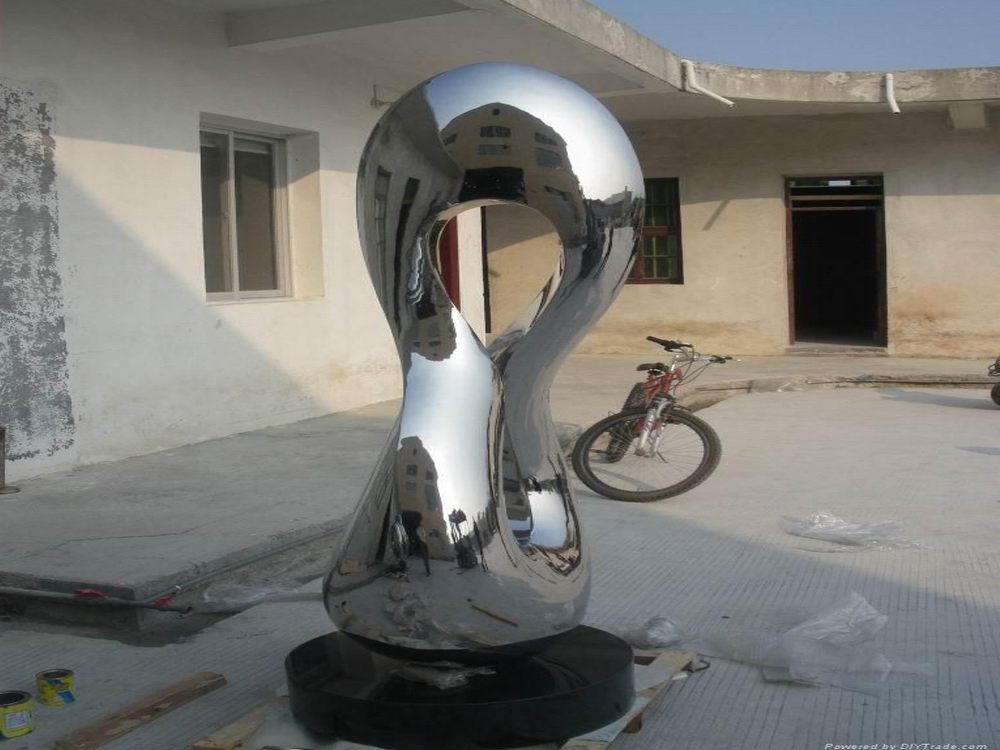
Porcelain sculptures transcend mere aesthetic objects—they become silent yet profound storytellers of their creators' inner worlds. Each delicate curve and intentional imperfection in the ceramic medium carries fragments of the artist's personal journey. Unlike mass-produced ceramics, these handcrafted pieces often emerge from deeply personal spaces, with textures that mimic emotional landscapes and glazes that capture moments of vulnerability.
Many ceramic artists consciously embed autobiographical elements into their work. A sculptor might recreate the fractured patterns of a childhood memory through crackled glaze techniques, or shape forms that echo ancestral traditions. The very physicality of working with porcelain—its demanding nature requiring both strength and tenderness—parallels how humans navigate life's contradictions.
Cultural identity frequently surfaces in these creations. Artists from regions with strong ceramic traditions (like Jingdezhen or Limoges) often reinterpret heritage techniques through contemporary personal lenses. A single vase might simultaneously narrate immigrant experiences through its fusion of traditional motifs and modern silhouettes.
The firing process itself becomes metaphorical. As porcelain transforms under extreme heat—sometimes warping unpredictably—it mirrors how life experiences reshape personal narratives. Collectors often report sensing the artist's presence in these works, as if the clay retained the energy of every thoughtful touch during creation.
Ultimately, these sculptures serve as three-dimensional diaries, preserving fleeting emotions and pivotal life chapters in timeless ceramic form. They invite viewers to decode not just artistic skill, but the human experiences crystallized within each fragile yet enduring piece.

